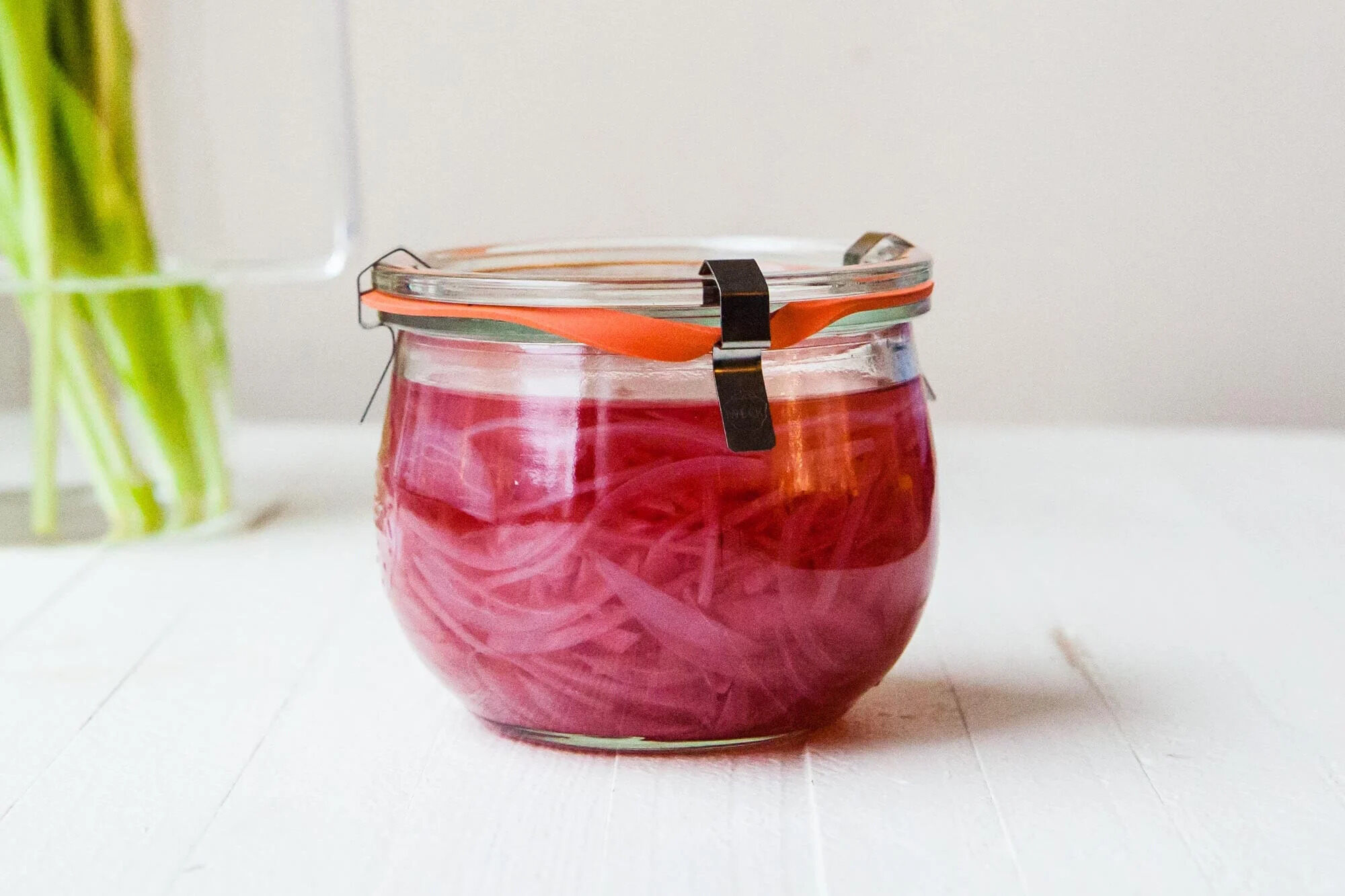

Articles
How To Store Pickled Onions
Modified: February 23, 2024
Learn the best methods for storing pickled onions to keep them fresh and flavorful. Read our articles for expert tips and tricks on proper storage techniques.
(Many of the links in this article redirect to a specific reviewed product. Your purchase of these products through affiliate links helps to generate commission for Storables.com, at no extra cost. Learn more)
Introduction
Welcome to the world of homemade pickled onions. Whether you’re a pickle enthusiast or a curious beginner, learning how to store pickled onions is an essential aspect of preserving their delicious flavor and crunchy texture. Pickled onions make a versatile addition to sandwiches, salads, tacos, and more, bringing a tangy and mouthwatering kick to your favorite dishes.
In this article, we’ll cover everything you need to know about storing pickled onions to ensure they stay fresh, flavorful, and ready to enjoy at a moment’s notice. From choosing the right onions and preparing them for pickling to making the perfect pickling brine and storing the finished product, we’ll guide you through each step of the process.
So, if you’re ready to embark on a tangy and flavorful journey, let’s dive into the world of storing pickled onions and unlock the secrets to keeping them delectable for an extended period.
Key Takeaways:
- Master the art of storing pickled onions to enjoy tangy, crunchy goodness for months. Experiment with onion varieties and flavors for endless creative possibilities.
- Troubleshoot pickling challenges and conquer them with confidence. Enjoy the burst of flavor and texture pickled onions bring to your culinary creations.
Read more: How To Store Pickles
Choosing the Right Onions for Pickling
When it comes to pickling onions, selecting the right type of onion is crucial to achieve the desired flavor and texture. Two popular choices for pickling are red onions and shallots, both of which offer a mild and slightly sweet taste that pairs well with the tangy brine. Here’s what you need to keep in mind when choosing the right onions for pickling:
- Red Onions: Red onions are a classic choice for pickling due to their vibrant color and mild flavor. They add a beautiful visual contrast to your pickled onions and retain their crunch even after pickling. Look for firm and fresh red onions with a smooth, shiny skin, as they will yield the best results.
- Shallots: Shallots, with their delicate and nuanced flavor, are another excellent option for pickling. They are smaller than red onions and have a milder taste, making them a great choice if you prefer a more subtle onion flavor in your pickled onions. Select shallots that are firm and free from blemishes for the best results.
While red onions and shallots are the most common choices, don’t be afraid to experiment with other onion varieties such as white onions or Vidalia onions. Each onion variety brings its own unique flavor profile to the pickling process, allowing you to explore different taste combinations and add variety to your pickled onion collection.
Remember, the quality and freshness of the onions are key factors in achieving a delicious pickled onion. Always opt for onions that are firm, without any signs of sprouting or soft spots. This ensures that your pickled onions have a crisp texture and maintain their flavors throughout the pickling process.
Now that you know how to choose the perfect onions for pickling, let’s move on to the next step: preparing the onions for the pickling process.
Preparing the Onions
Before you can pickle your onions, it’s essential to properly prepare them to ensure they absorb the pickling flavors and maintain their crisp texture. Here’s a step-by-step guide on how to prepare your onions for pickling:
- Peeling and Slicing: Start by peeling the outer skin of the onions and removing any brown or discolored layers. Slice the onions into thin, uniform slices using a sharp knife or a mandoline slicer. Opt for slices that are around 1/4 inch in thickness for the perfect balance between texture and flavor.
- Layer Separation: Once you’ve sliced the onions, it’s important to separate the layers to ensure the pickling brine can penetrate and flavor each slice evenly. Gently separate the onion slices with your fingers, making sure to remove any stubborn pieces that clump together.
- Salt Rinse: To achieve crispy pickled onions, it’s common practice to rinse the sliced onions with salt. Sprinkle a teaspoon of salt over the onions and gently massage it into the slices. Let the onions sit for about 30 minutes to draw out excess moisture and improve their texture.
- Rinse and Drain: After the salt has had time to work its magic, rinse the onions thoroughly under cold running water to remove the excess salt. Drain the onions well and pat them dry with a clean kitchen towel or paper towels.
By following these steps, you’ll ensure that your onions are prepped and ready for the pickling process. Properly preparing the onions allows them to absorb the pickling flavors more effectively and results in a satisfying texture with each bite.
Now that your onions are prepared, it’s time to move on to the next crucial step: making the pickling brine.
Making the Pickling Brine
The pickling brine is the key element that infuses the onions with tangy and savory flavors, giving them that distinct pickled taste. Making the pickling brine is a straightforward process, and you can customize it according to your taste preferences. Here’s a simple recipe for making the pickling brine:
Ingredients:
- 1 cup white vinegar
- 1 cup water
- 2 tablespoons granulated sugar
- 1 tablespoon salt
- Optional: additional spices or flavorings like peppercorns, chili flakes, or herbs
Instructions:
- In a medium-sized saucepan, combine the white vinegar, water, granulated sugar, and salt. Place the saucepan over medium heat and stir until the sugar and salt are fully dissolved.
- If desired, add in any additional spices or flavorings to customize the brine. You can experiment with adding whole peppercorns, chili flakes, or herbs like dill or thyme to enhance the flavor profile of your pickled onions.
- Bring the brine to a gentle boil, then remove the saucepan from heat and let it cool for a few minutes.
- While the brine is still warm, pour it over the prepared onions in a clean, sterilized jar or airtight container. Ensure that the onions are fully submerged in the brine.
- Allow the pickling brine and onions to cool to room temperature, then seal the container tightly and refrigerate.
- Let the onions sit in the pickling brine for at least 24 hours to develop their flavors. For optimal taste, it’s recommended to let them pickle for around 1-2 weeks before consuming.
Remember, the pickling brine is customizable, so feel free to experiment with different ratios of vinegar and water or add in various spices to achieve your desired taste. However, ensure that the basic ratio of vinegar to water remains 1:1 to maintain the proper acidity for safe pickling.
With the pickling brine prepared and the onions immersed in it, it’s time to move on to the next step: pickling the onions.
Pickling the Onions
Now that you have your pickling brine ready and your onions prepared, it’s time to move forward with the pickling process. This step involves immersing the onions in the brine and allowing them to pickle to perfection. Follow these steps to pickle your onions:
- Transfer the prepared onions into a glass jar or airtight container: Ensure that the container you choose is clean and sterilized. The size of the container will depend on the amount of onions you’re pickling, but make sure it’s large enough to hold the onions and the pickling brine.
- Pour the pickling brine over the onions: Carefully pour the cooled pickling brine over the onions, making sure they are fully submerged in the liquid. Leave a bit of headspace at the top of the container to allow for expansion during the pickling process.
- Remove air bubbles: Gently tap the container or use a clean utensil to remove any air bubbles that may be trapped in the brine. This step helps ensure that the brine reaches all the onion slices uniformly.
- Seal the jar and refrigerate: Secure the lid tightly on the container to create an airtight seal. Place the jar in the refrigerator to begin the pickling process. The onions will start absorbing the flavors of the pickling brine and develop their unique taste.
- Rotate the jar occasionally: During the pickling process, it’s a good idea to rotate or gently shake the jar every couple of days. This helps distribute the flavors evenly and ensures that each slice of onion gets fully immersed in the brine.
- Allow the onions to pickle: Let the onions sit in the pickling brine for at least 24 hours to allow the flavors to develop. For best results, let the onions pickle for about 1-2 weeks for optimal flavor and texture.
Remember, the longer the onions pickle, the more pronounced their flavor will become. Taste test the pickled onions after a few days to find your preferred level of tanginess. Once you’re happy with the taste, you can start enjoying your pickled onions!
Now that your onions have transformed into tangy and delicious pickled delights, it’s time to tackle the final step: storing the pickled onions to ensure their long-lasting freshness.
Store pickled onions in a clean, airtight glass jar in the refrigerator. Make sure the onions are fully submerged in the pickling liquid to maintain their flavor and texture. They will keep for several weeks if stored properly.
Read more: How To Store Fermented Pickles
Storing the Pickled Onions
Proper storage is essential to maintain the freshness and quality of your pickled onions. Follow these guidelines to store your pickled onions and enjoy their deliciousness for an extended period:
- Transfer the pickled onions to a clean jar or container: If you pickled your onions in a large container, you may want to transfer them to smaller jars or containers for easier storage and convenience.
- Ensure the onions are fully submerged in the brine: Pour enough of the pickling brine into each jar to fully cover the onions. This helps preserve their texture and prevents spoilage.
- Seal the containers tightly: Make sure the lids are secured tightly to create an airtight seal. This will help maintain the freshness and flavors of the pickled onions.
- Label and date the containers: It’s a good practice to label each jar or container with the date of pickling. This way, you can keep track of their freshness and know when to consume them.
- Store in the refrigerator: Place the sealed jars or containers in the refrigerator, as the cold temperature helps slow down the spoilage process and extends the shelf life of the pickled onions.
- Consume within a few months: Pickled onions can generally be stored in the refrigerator for several months. However, for the best flavor and texture, try to consume them within 4-6 months of pickling.
Remember, the pickling process itself acts as a preservative for the onions, but it’s still important to store them correctly to ensure their optimal flavor and quality. Always check for any signs of spoilage, such as off smells or unusual discoloration, before consuming the pickled onions.
Now that you know how to store your pickled onions properly, you can enjoy their tangy goodness whenever your taste buds desire!
Serving Suggestions
Pickled onions add a delightful tang and crunch to a wide range of dishes, making them a versatile and flavorful condiment. Here are some creative serving suggestions to help you incorporate your pickled onions into delicious meals:
- Sandwiches and Burgers: Add a zesty kick to your favorite sandwiches and burgers by topping them with pickled onions. Their tangy flavor and crisp texture complement the savory ingredients and elevate the overall taste.
- Tacos and Quesadillas: Sprinkle pickled onions onto your tacos or quesadillas for an extra burst of flavor. They pair well with various fillings, such as grilled chicken, carne asada, or vegetarian options, adding a refreshing contrast to the richness of the dish.
- Salads: Enhance your salads by tossing in some pickled onions. Their tangy flavor acts as a bright and refreshing element, especially in green salads or grain-based salads like quinoa or couscous.
- Pizza Toppings: Give your homemade pizzas a gourmet touch by scattering pickled onions on top. They add a tangy punch and complexity to the flavors, balancing out the richness of the cheese and other toppings.
- Charcuterie and Cheese Platters: Arrange pickled onions alongside an assortment of cured meats and cheeses for a visually appealing and flavorful charcuterie platter. Their tangy bite cuts through the richness of the meats and cheese, creating a harmonious flavor combination.
- Grain Bowls and Buddha Bowls: Amp up the flavor of your grain bowls or Buddha bowls by incorporating pickled onions. They add a vibrant visual element and provide a tangy burst to each spoonful.
- BBQ and Grilled Meats: Serve pickled onions alongside grilled or barbecued meats to complement their smoky flavors. The tanginess of the pickled onions cuts through the richness of the meat, creating a well-rounded and balanced experience.
- Wrap or Burrito Fillings: Stuff pickled onions into wraps or burritos for an extra burst of tangy flavor. They pair well with various fillings, such as grilled vegetables, grilled chicken, or even falafels.
These are just a few suggestions to get you started. Feel free to experiment and get creative with how you incorporate pickled onions into your favorite dishes. Their versatility makes them a fantastic addition to a wide range of meals.
Now that you have some serving ideas, it’s time to dig in and enjoy the flavors of your perfectly pickled onions!
Troubleshooting Tips
Pickling onions can be a fun and rewarding process, but occasionally, you may encounter some issues along the way. Here are some troubleshooting tips to help address common problems and ensure the best possible results:
- Soft or Mushy Onions: If your pickled onions turn out soft or mushy, it may be due to over-ripened or low-quality onions. Make sure to choose firm, fresh onions for pickling. Additionally, be sure to follow the proper steps for preparing the onions, including the salt rinse, as it helps draw out excess moisture and preserve the crunchiness.
- Cloudy Pickling Brine: If your pickling brine appears cloudy, it may be due to the type of water used or impurities in the ingredients. To prevent this, use filtered or distilled water when preparing the brine. Additionally, ensure that your utensils, jars, and containers are clean and free from any contaminants that could affect the clarity of the brine.
- Lack of Flavor: If your pickled onions seem to lack flavor, it may be because the brine didn’t have enough time to fully infuse with the onions. Ensure that you let the onions pickle for at least 24 hours, but ideally 1-2 weeks, to allow the flavors to develop. You can also experiment with adding more spices or flavorings to the brine to enhance the overall taste.
- Excessive Salinity: If your pickled onions turn out too salty, it may be because you didn’t rinse off the salt after the initial soaking. Make sure to rinse the onions thoroughly with cold water to remove the excess salt before adding them to the pickling brine. Additionally, double-check the measurement of salt in the recipe and adjust it to your taste preferences.
- Lack of Crispness: If your pickled onions lack the desired crunchiness, it may be because they were not sufficiently submerged in the brine or they were not stored in the refrigerator. Ensure that the onions are fully covered by the brine to promote even pickling and texture retention. Additionally, store the pickled onions in the refrigerator to maintain their crispness and prevent them from becoming too soft.
Remember, pickling is a process that may require some trial and error to achieve the perfect results. Don’t be discouraged if you encounter setbacks along the way. Use these troubleshooting tips to adjust and improve your pickling technique, and soon you’ll be enjoying delicious and flavorful pickled onions.
Now that you’re armed with these troubleshooting tips, go ahead and conquer any pickling challenges that come your way!
Conclusion
Congratulations, you’ve now mastered the art of storing pickled onions! By choosing the right onions, preparing them properly, making a tasty pickling brine, and storing them correctly, you can enjoy the tangy and crunchy goodness of pickled onions for months to come.
Whether you’re adding them to sandwiches, salads, tacos, or using them as a flavor-packed topping, pickled onions bring a burst of flavor and texture to a variety of dishes. Their versatility and tanginess make them a delightful addition to your culinary creations, adding a tangy kick that will leave your taste buds wanting more.
Remember to experiment with different onion varieties, spices, and flavorings to create unique variations of pickled onions that suit your taste preferences. The pickling process allows for endless creativity and provides an opportunity to play with different flavors and combinations.
Now that you’re equipped with the knowledge of how to store pickled onions properly, troubleshoot common issues, and unleash your creativity, it’s time to put it all into practice. Start pickling, experimenting, and incorporating these tangy delights into your meals for a burst of flavor like never before.
Enjoy the journey of pickling and savor the tasty rewards that come with it. So, roll up your sleeves, grab some onions, and embark on a pickling adventure that will tantalize your taste buds and impress your friends and family.
Happy pickling!
Frequently Asked Questions about How To Store Pickled Onions
Was this page helpful?
At Storables.com, we guarantee accurate and reliable information. Our content, validated by Expert Board Contributors, is crafted following stringent Editorial Policies. We're committed to providing you with well-researched, expert-backed insights for all your informational needs.
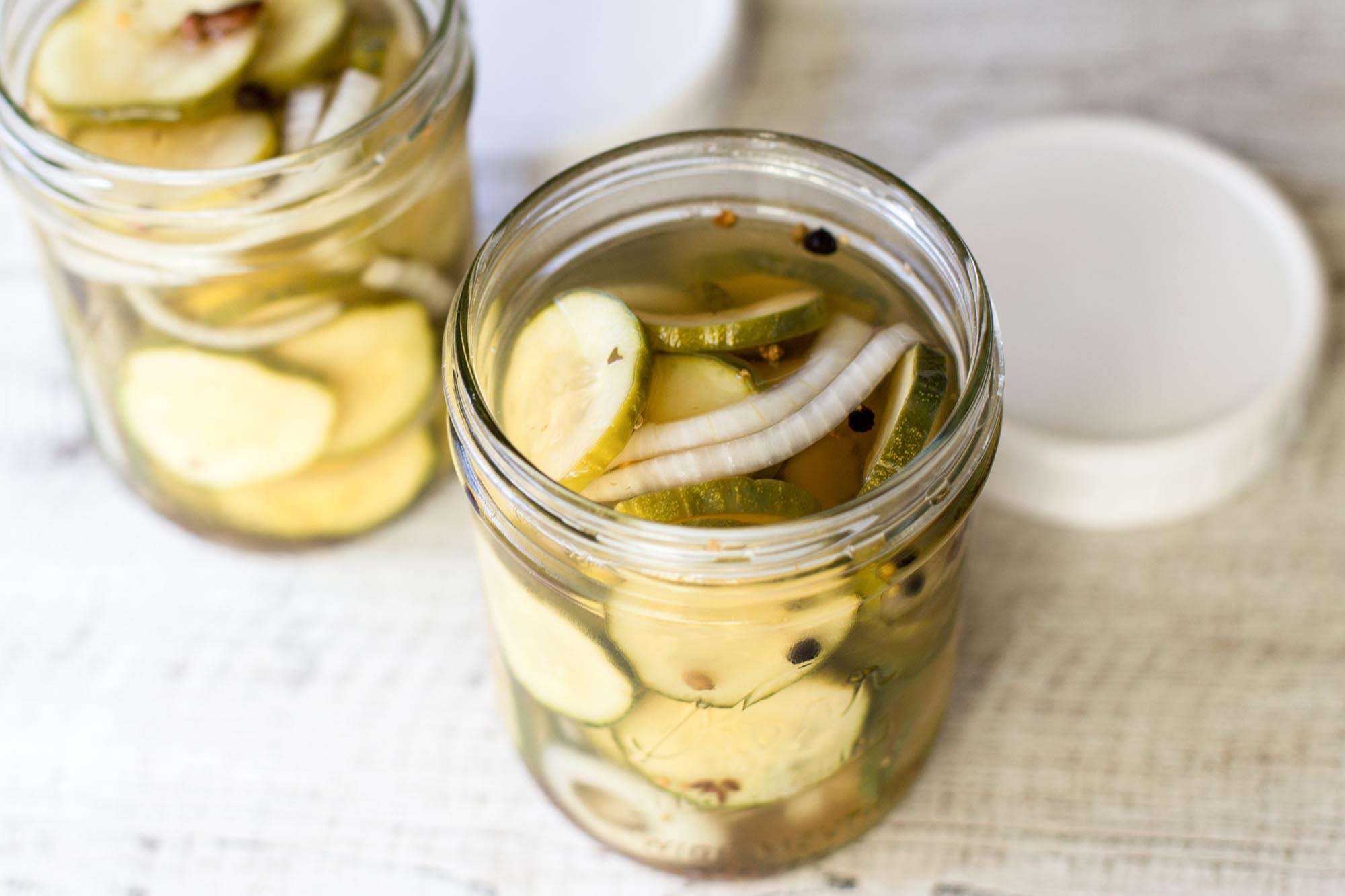
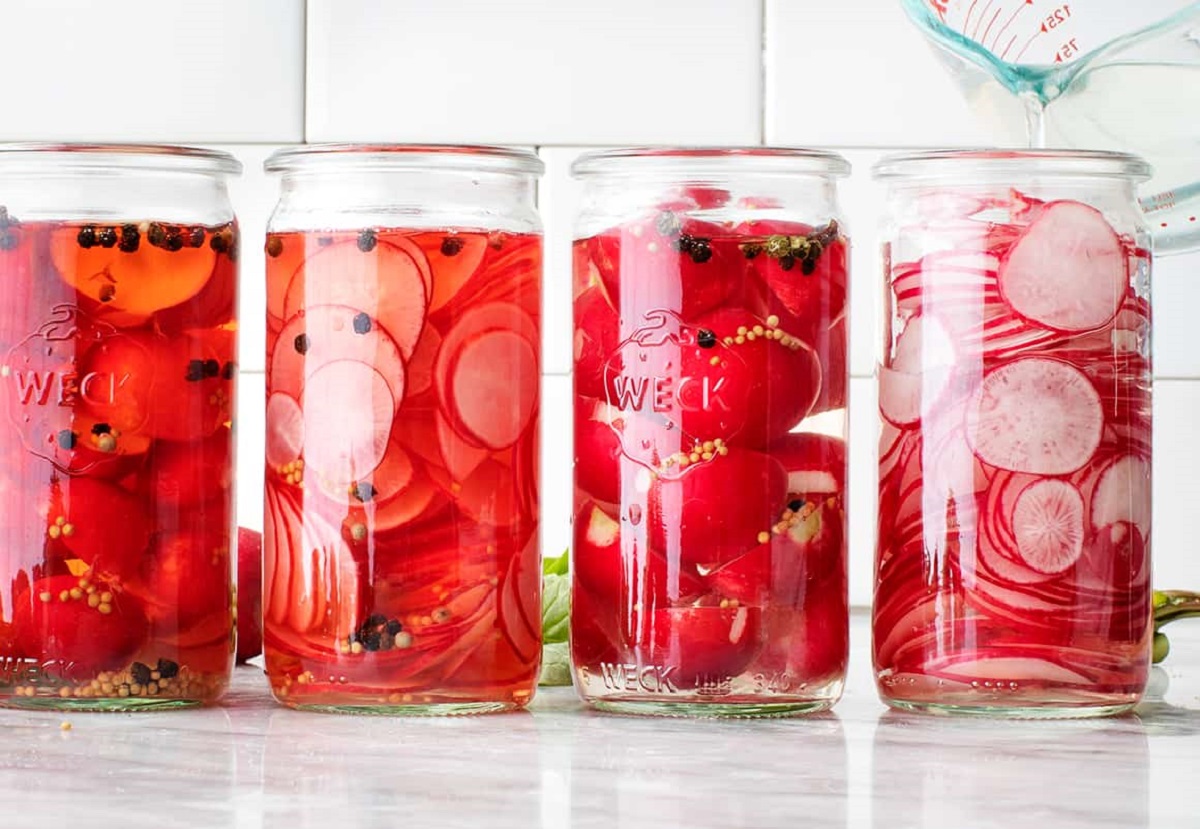
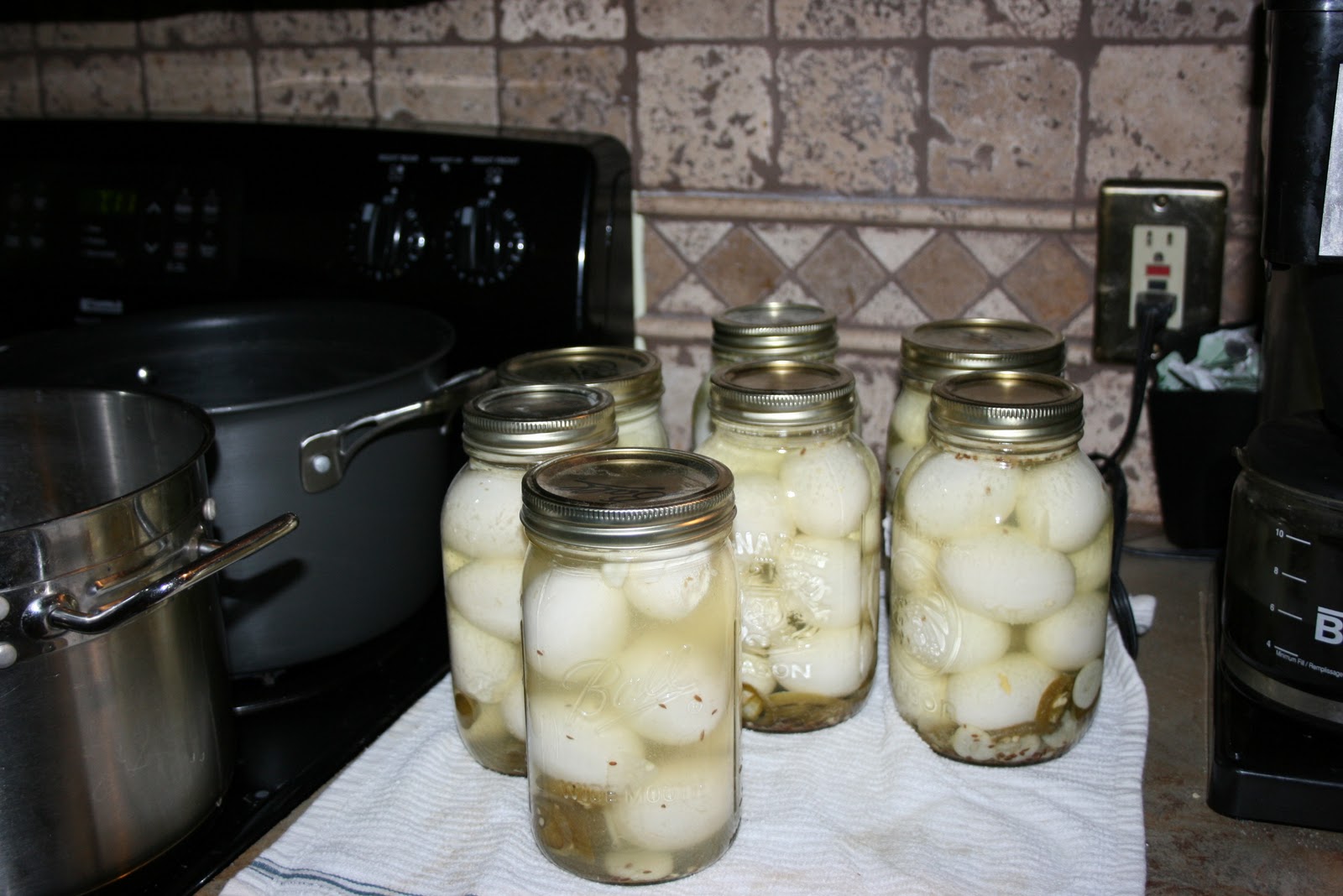
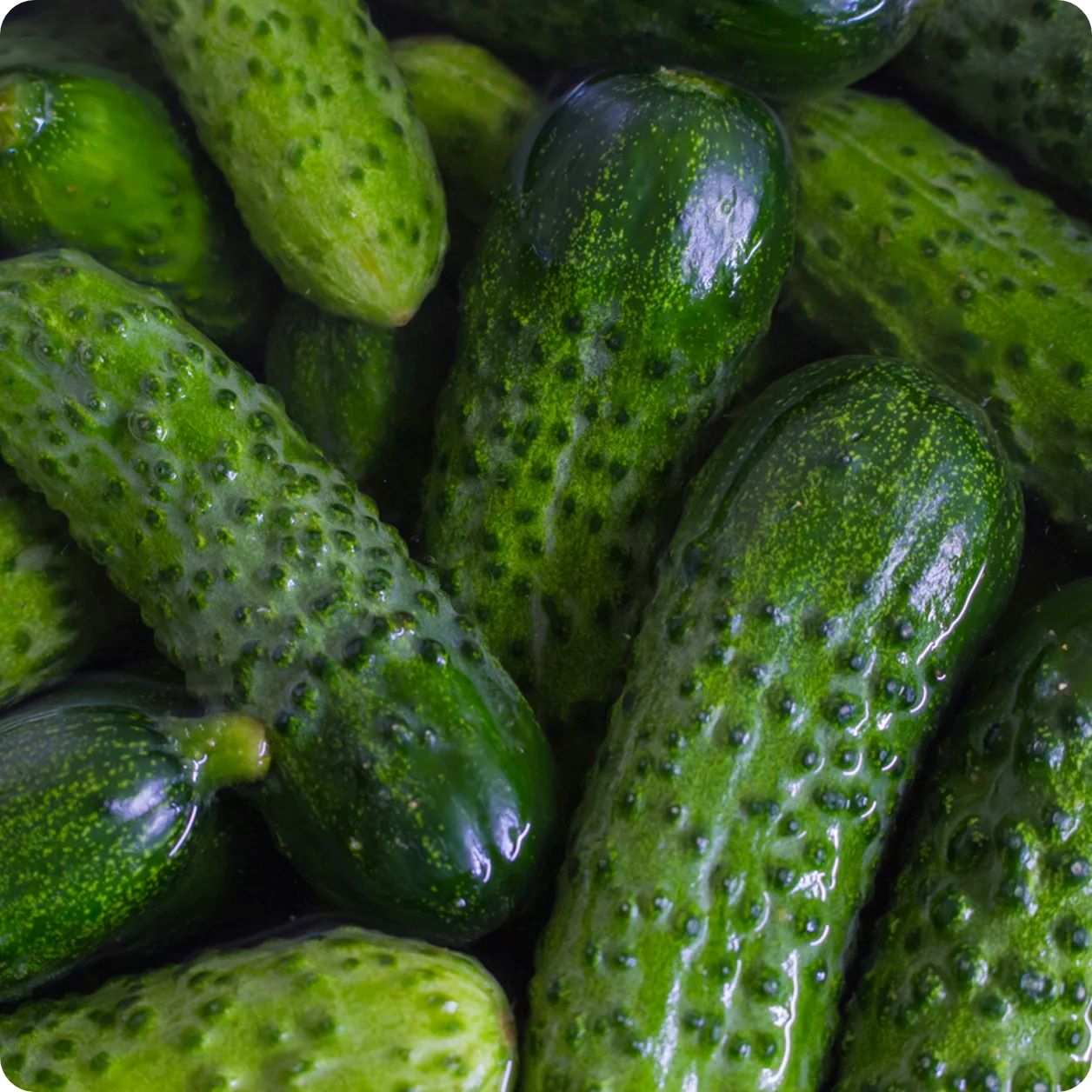
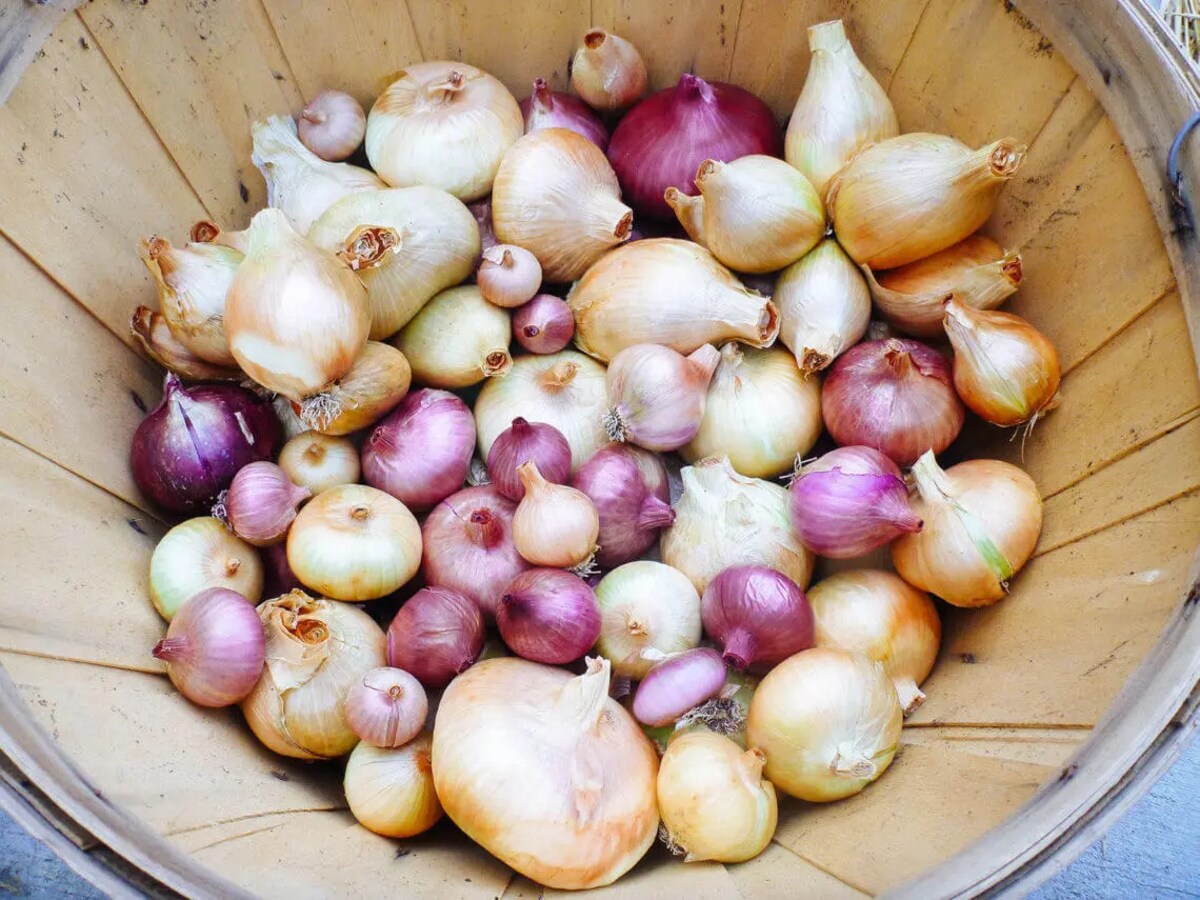
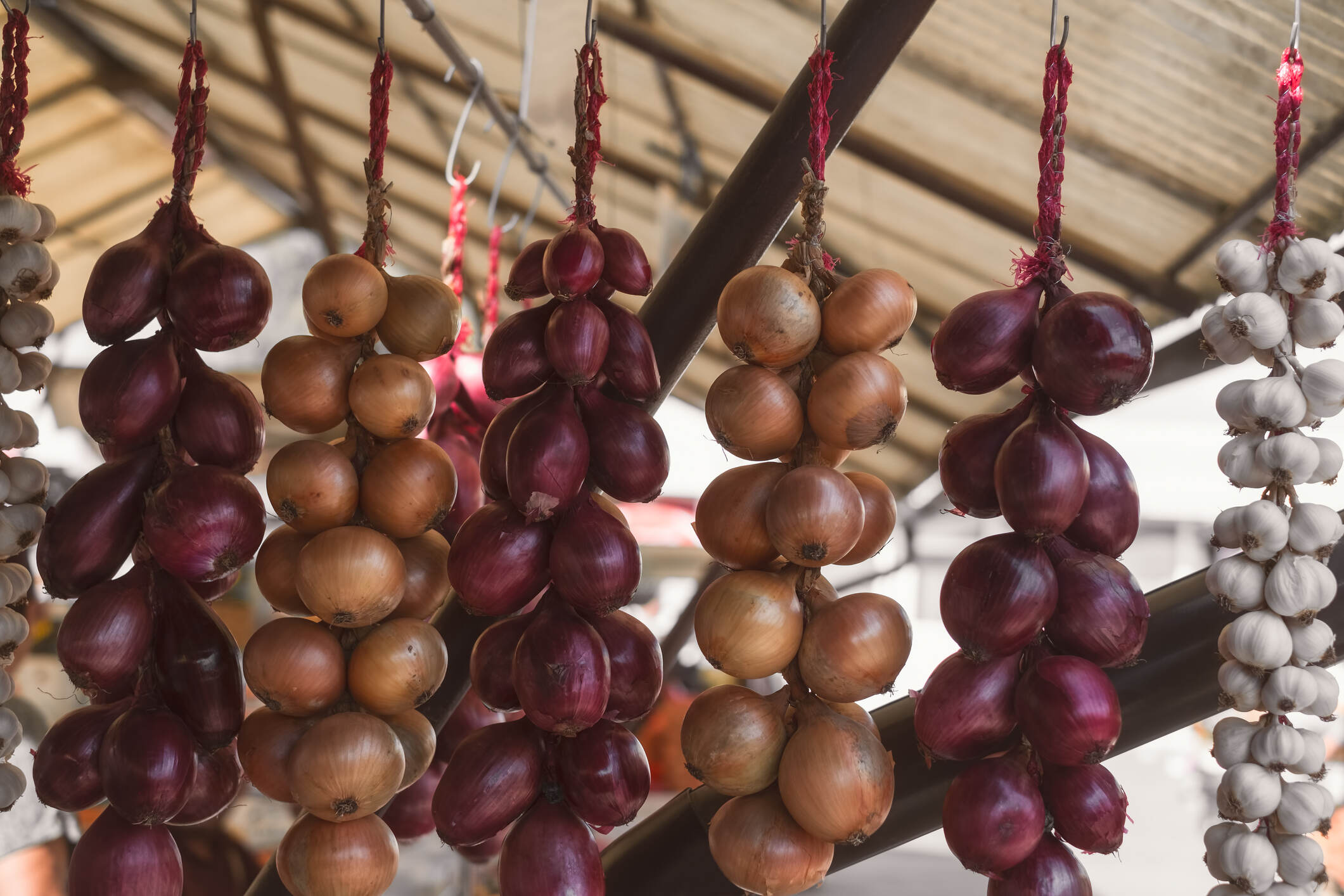
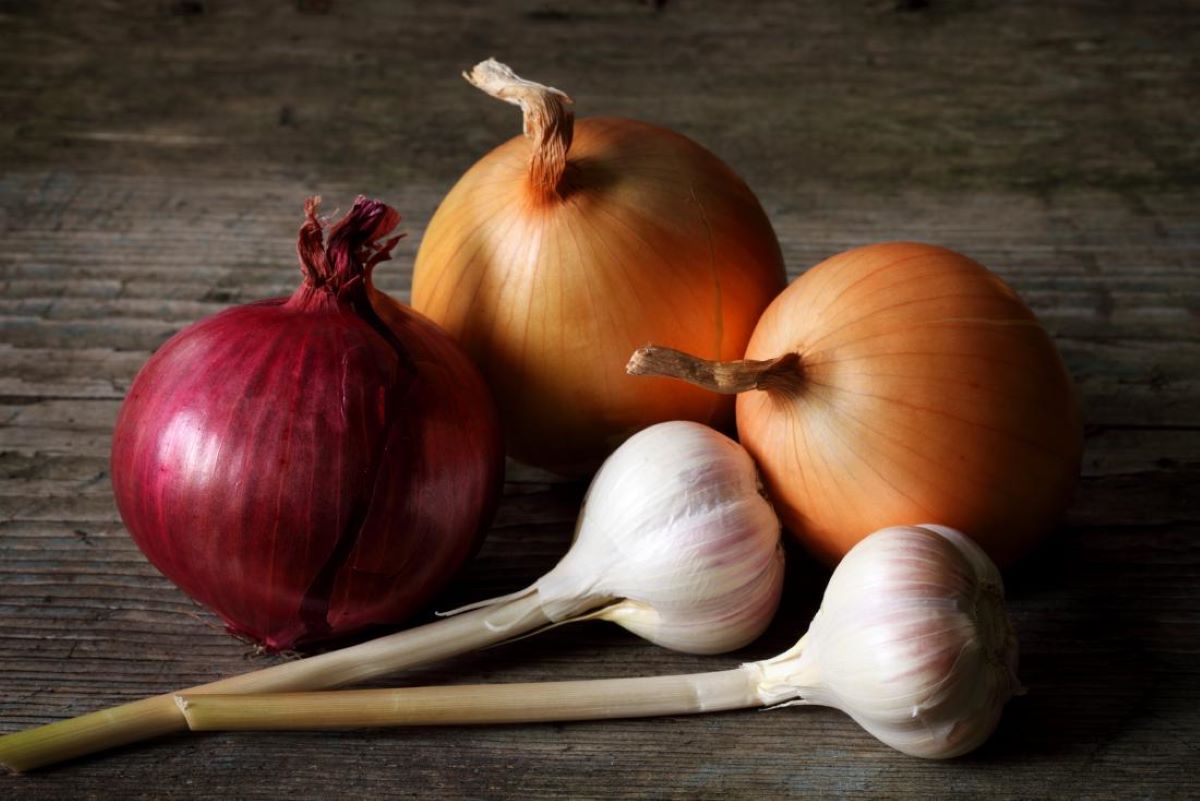
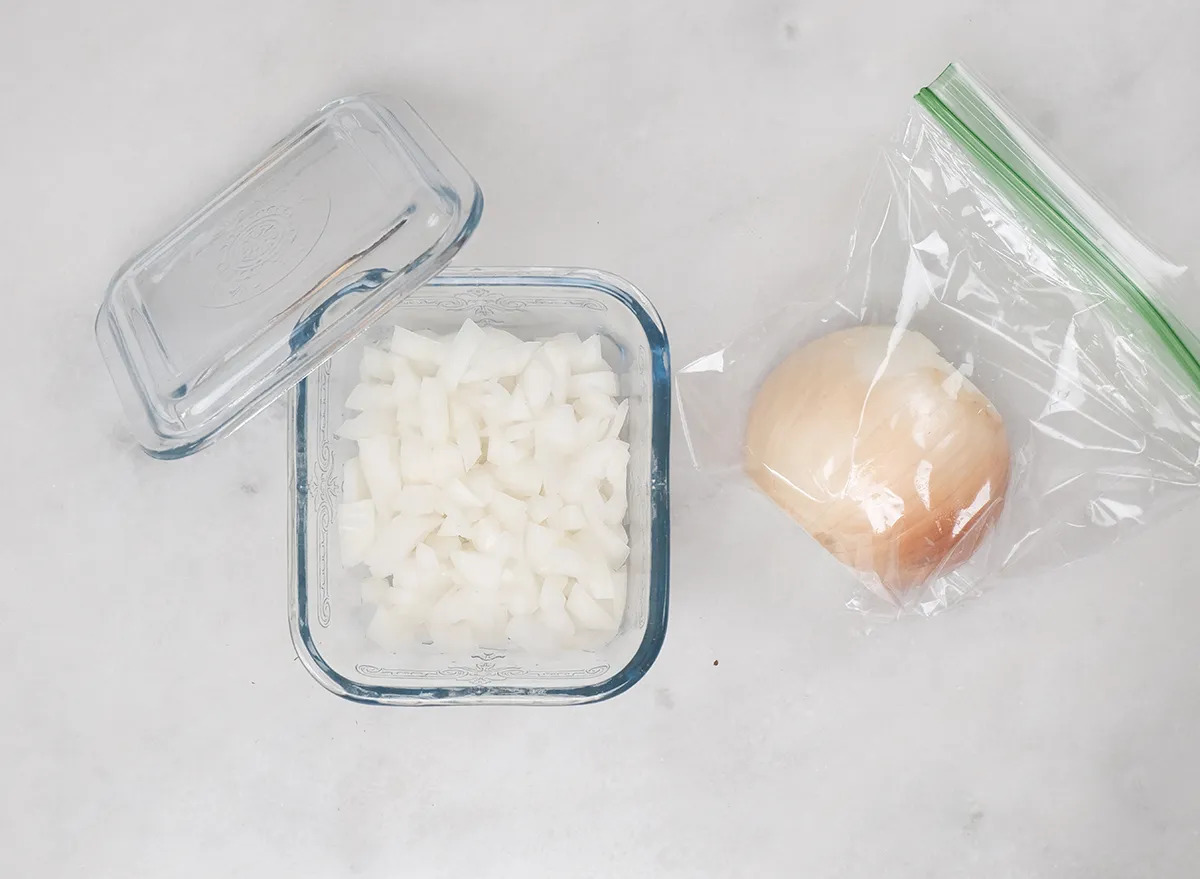
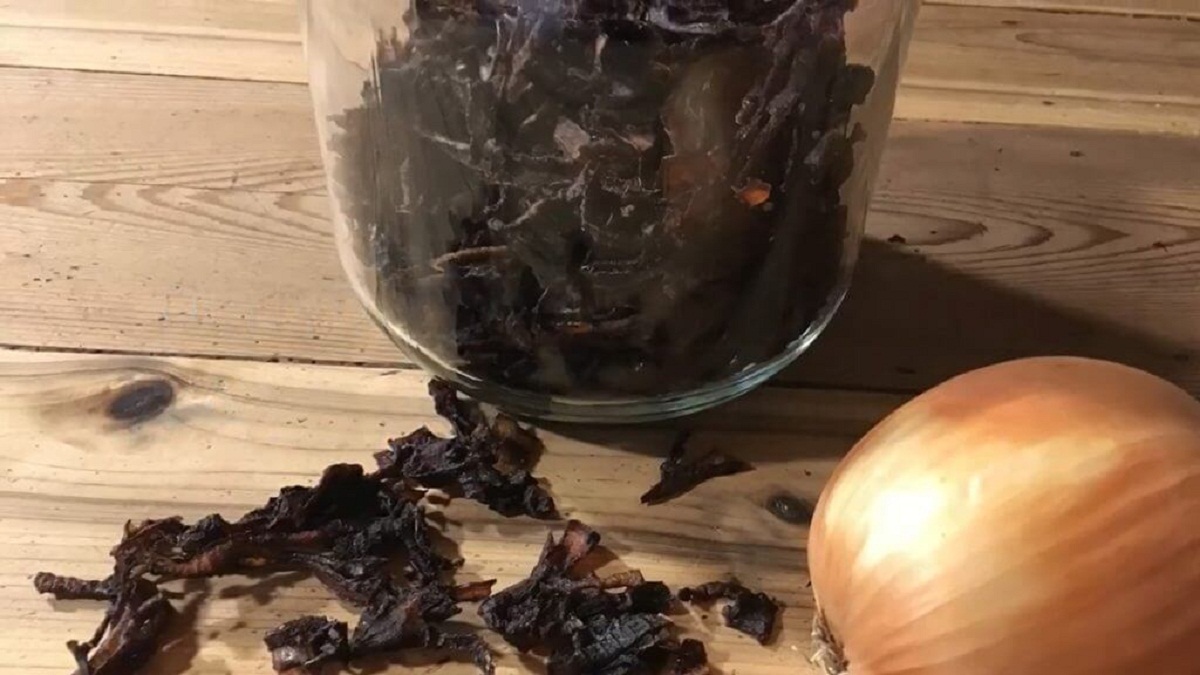
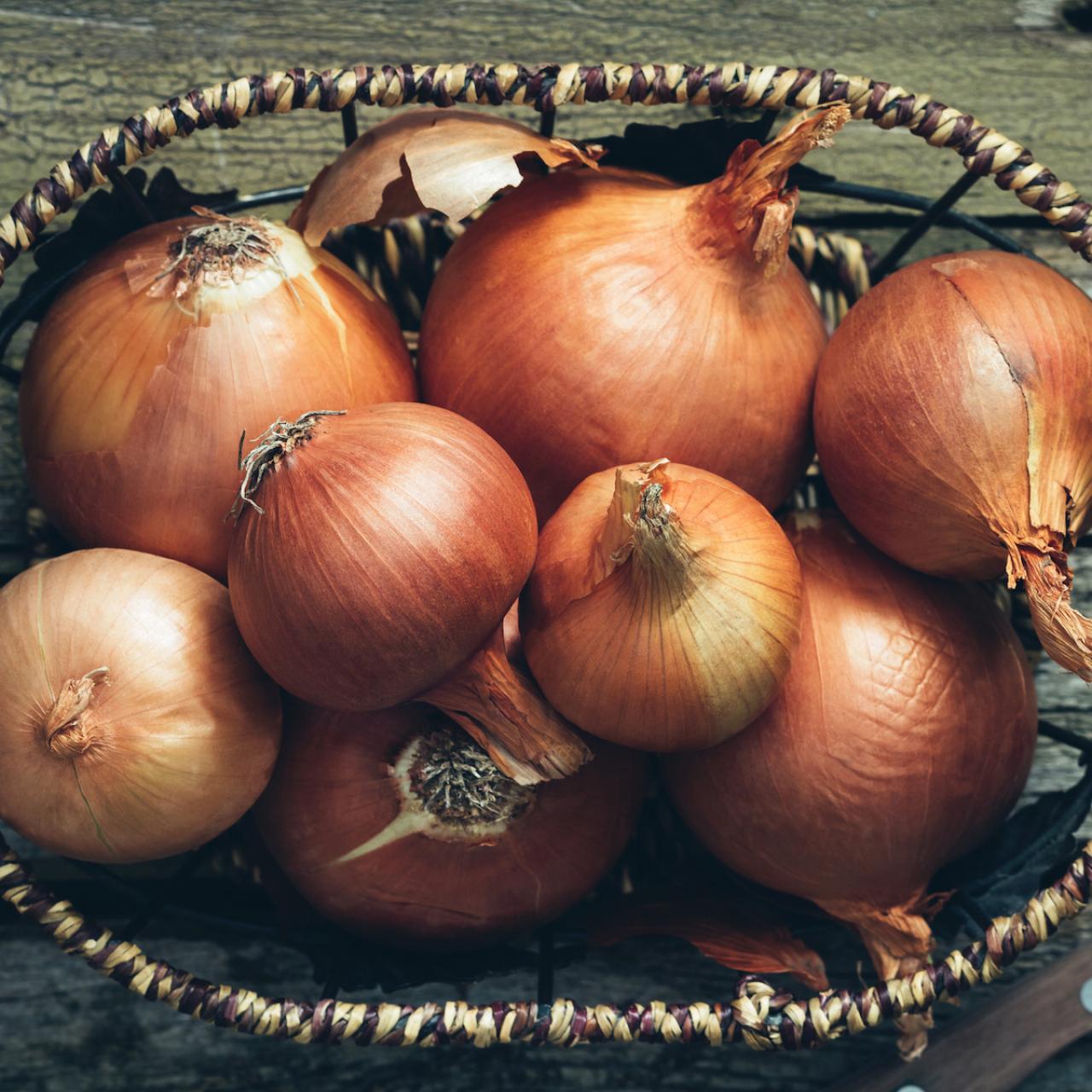
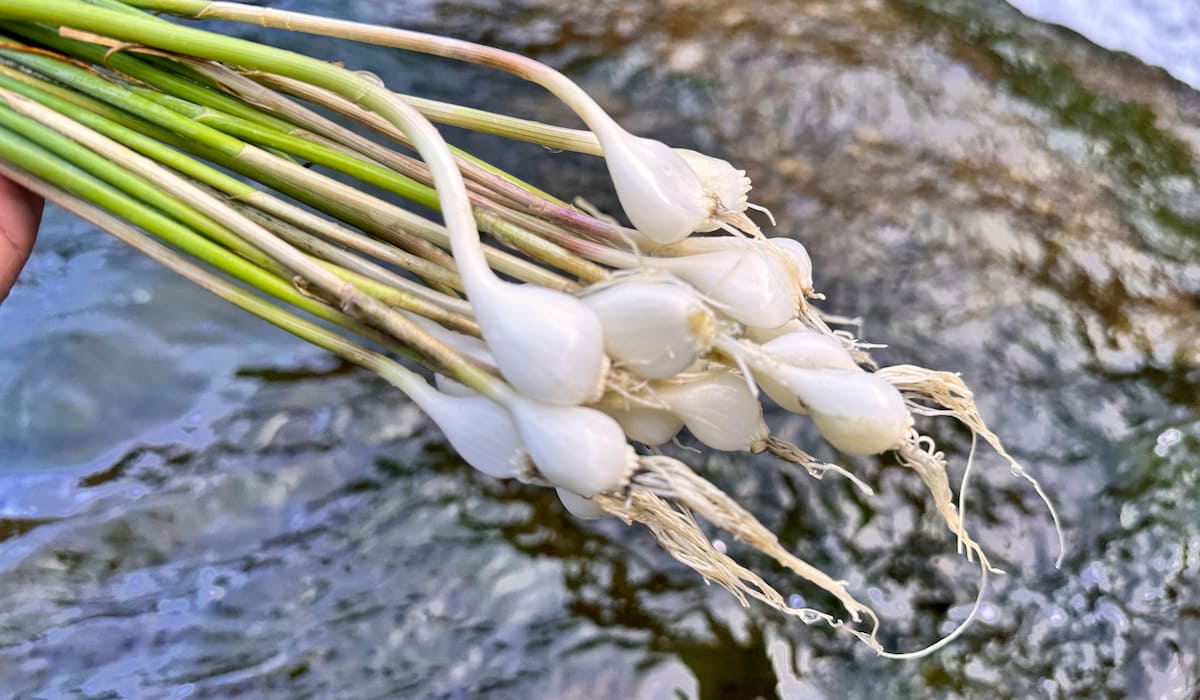
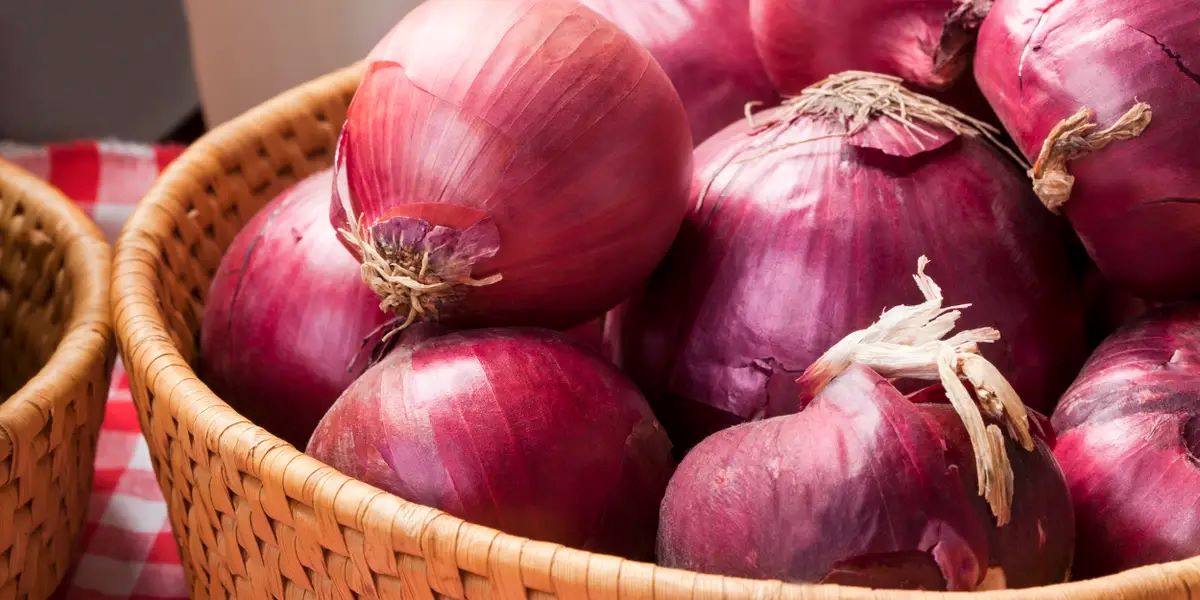
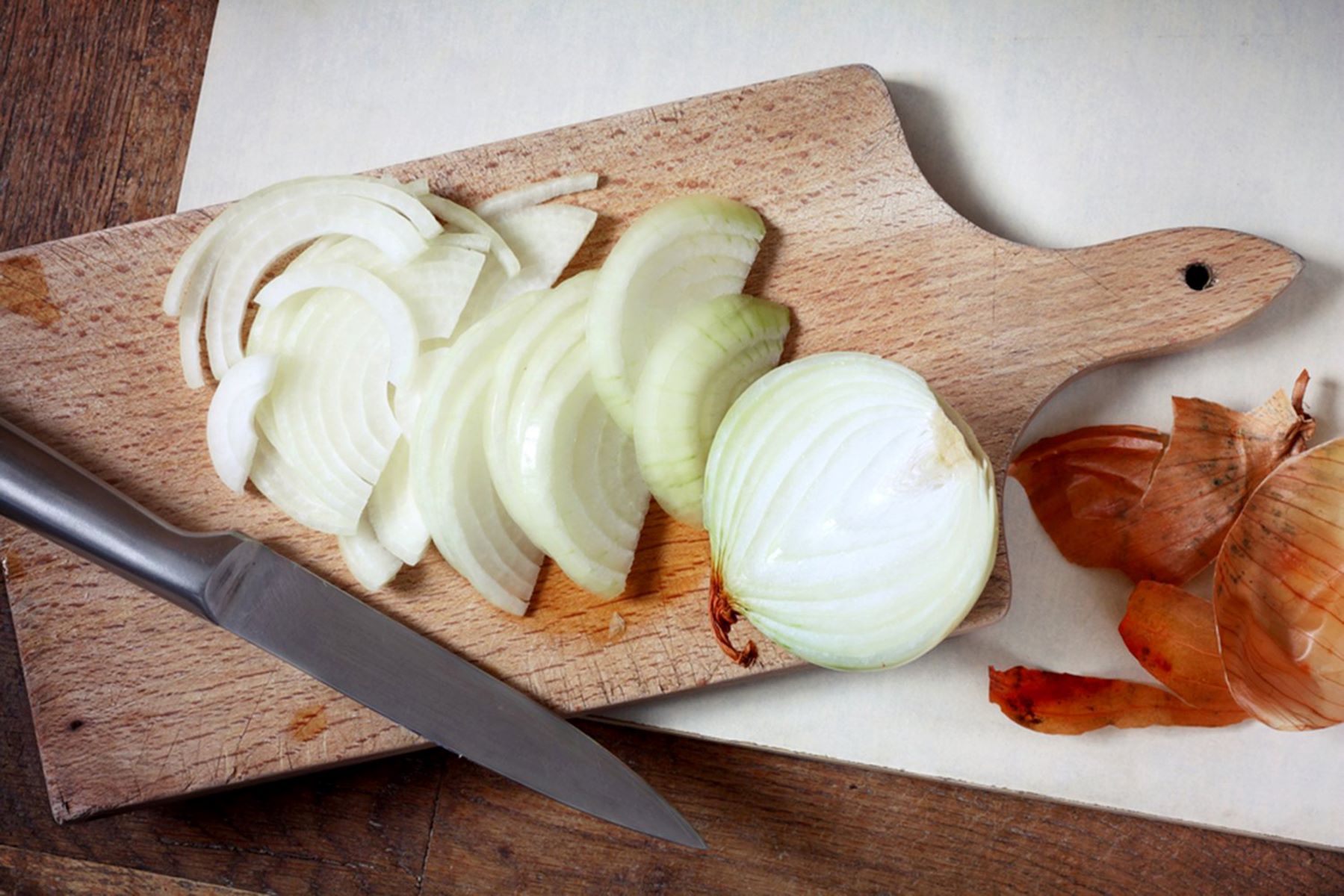
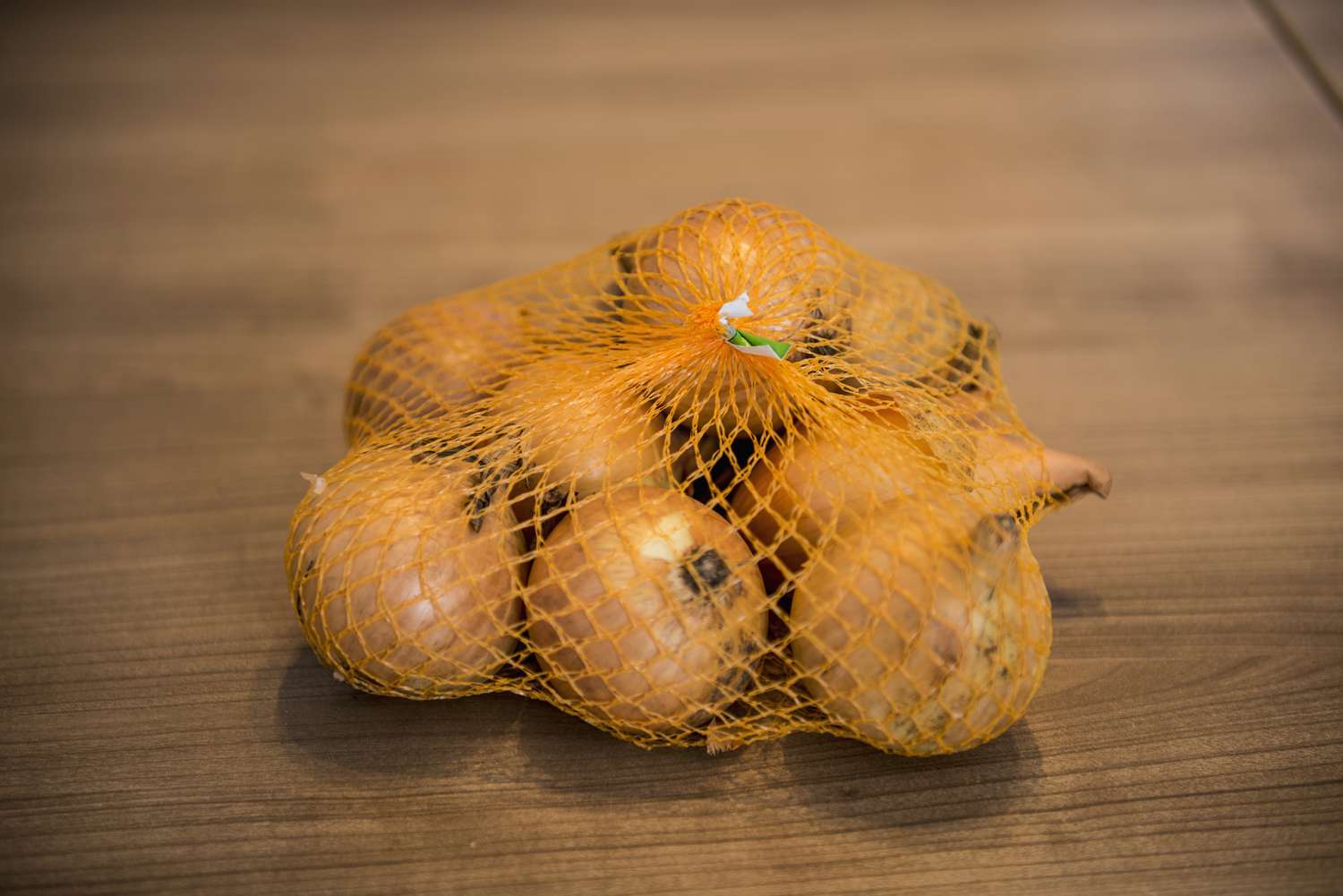

0 thoughts on “How To Store Pickled Onions”